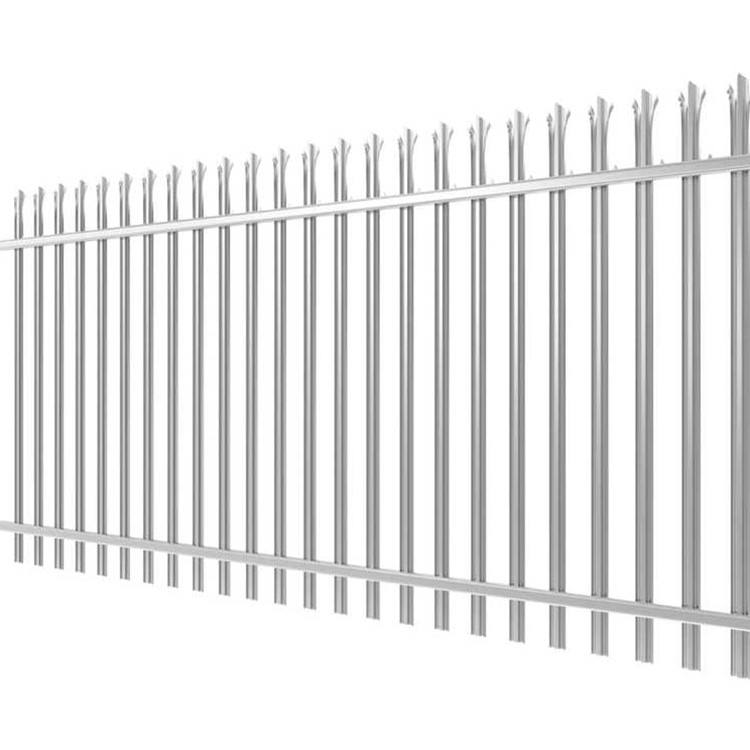The Acoustic Sound Barrier Understanding Its Importance and Application
In our fast-paced world, the noise pollution caused by urban environments, transportation systems, and industrial activities has become a growing concern. As societies evolve, the need for effective noise control measures has surged. Among these measures, the concept of the acoustic sound barrier plays a crucial role. Acoustic sound barriers are structures designed to shield sensitive areas from unwanted noise, facilitating a quieter, more peaceful environment. This article will explore the significance, types, and applications of acoustic sound barriers, and how they contribute to improving our quality of life.
Understanding Acoustic Sound Barriers
The fundamental principle of an acoustic sound barrier is to reflect, absorb, or diffuse sound waves. By disrupting the sound wave’s path, these barriers minimize the noise that travels beyond their intended area. Typically constructed of materials such as concrete, wood, or specialized composites, sound barriers can be found in various settings, from alongside highways to residential areas and around industrial sites.
Types of Acoustic Sound Barriers
1. Heavyweight Barriers These are the most common type and usually comprise dense materials like concrete or masonry. Their effectiveness stems from their mass; heavier barriers tend to block lower frequency sounds better than lighter materials.
2. Absorptive Barriers Constructed from porous materials, absorptive barriers reduce the reflection of sound. They are particularly useful in settings where sound waves bounce between surfaces, enabling the absorption of sound energy and reducing overall noise levels.
3. Vegetative Barriers Made from carefully chosen plant species, vegetative barriers are both aesthetically pleasing and functional. They provide sound attenuation through natural foliage, while also contributing to environmental benefits such as improving air quality and enhancing biodiversity.
4. Combination Barriers These utilize both heavy and absorptive materials to harness the benefits of both types. By employing a dual strategy, combination barriers can be tailored to specific noise conditions.
Applications of Acoustic Sound Barriers
acoustic sound barrier

Acoustic sound barriers have become increasingly prevalent across various sectors, addressing noise issues in different contexts
1. Transportation One of the most prominent applications of sound barriers is alongside major highways and railroads. These barriers protect residential neighborhoods from the incessant drone of traffic and train noise. By creating a buffer zone, they allow residents to enjoy peace and quiet in their homes.
2. Industrial Areas Factories and industrial sites often generate significant noise, which can disrupt the surrounding community. Implementing sound barriers can mitigate this issue, creating a more harmonious coexistence between industry and residential areas.
3. Commercial Developments In bustling city environments, commercial enterprises often create noise that can affect nearby residents. Acoustic barriers can be strategically placed around shopping complexes and outdoor entertainment venues to minimize sound disruption.
4. Sound Sensitive Locations Some areas, such as schools, hospitals, and places of worship, require heightened levels of tranquility. Acoustic barriers are essential in these locations to maintain a conducive environment for learning, healing, and reflection.
Benefits of Acoustic Sound Barriers
The advantages of implementing acoustic sound barriers extend beyond mere noise reduction. They can improve property values, enhance the quality of life for residents, and foster a healthier ecosystem in urban spaces. By reducing noise pollution, these barriers contribute to lower stress levels and better mental health for individuals living in affected areas.
Moreover, sound barriers can serve as beautiful features of urban design, incorporating landscaping and other aesthetic elements that enhance the visual appeal of the environment.
Conclusion
As our cities continue to grow and evolve, the importance of noise control measures like acoustic sound barriers cannot be overstated. By understanding their functionality and application, communities can better address noise pollution and safeguard the quality of life for their residents. Whether through reinforced structures or the creative use of nature, acoustic sound barriers are instrumental in creating a serene and harmonious living environment. Through thoughtful planning and implementation, we can strike a balance between development and tranquility, ensuring that our urban landscapes remain enjoyable for generations to come.
-
Why Galvanized Trench Cover Steel Grating Resists Corrosion
NewsJul.10,2025
-
The Versatility and Strength of Stainless Expanded Metal Mesh
NewsJul.10,2025
-
Load Calculations in Steel Grating Platforms
NewsJul.10,2025
-
Keeping Pets and Kids Safe with Chicken Wire Deck Railing
NewsJul.10,2025
-
Hole Diameter and Pitch for Round Perforated Metal Sheets
NewsJul.10,2025
-
Aluminium Diamond Mesh in Modern Architecture
NewsJul.10,2025
Subscribe now!
Stay up to date with the latest on Fry Steeland industry news.

